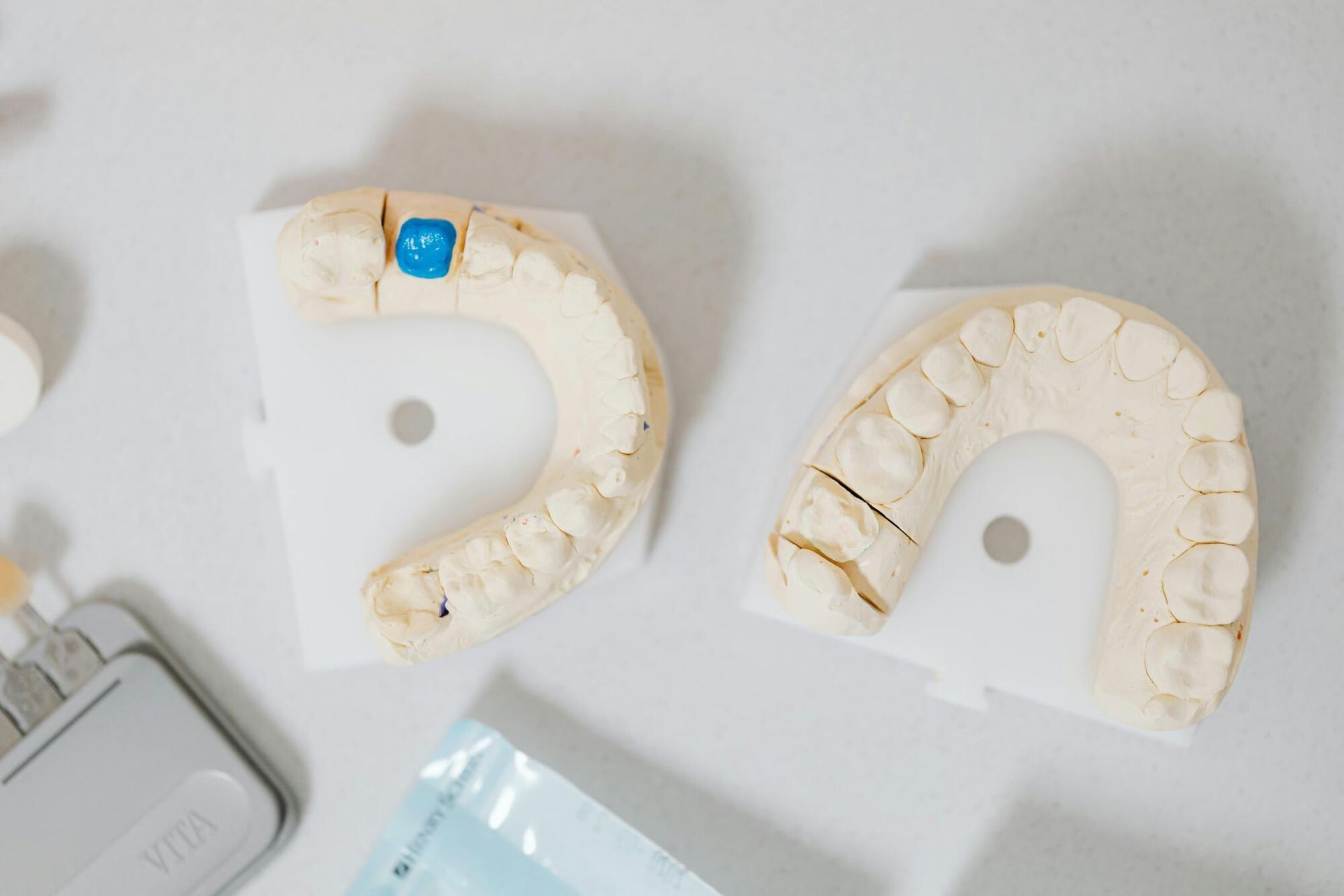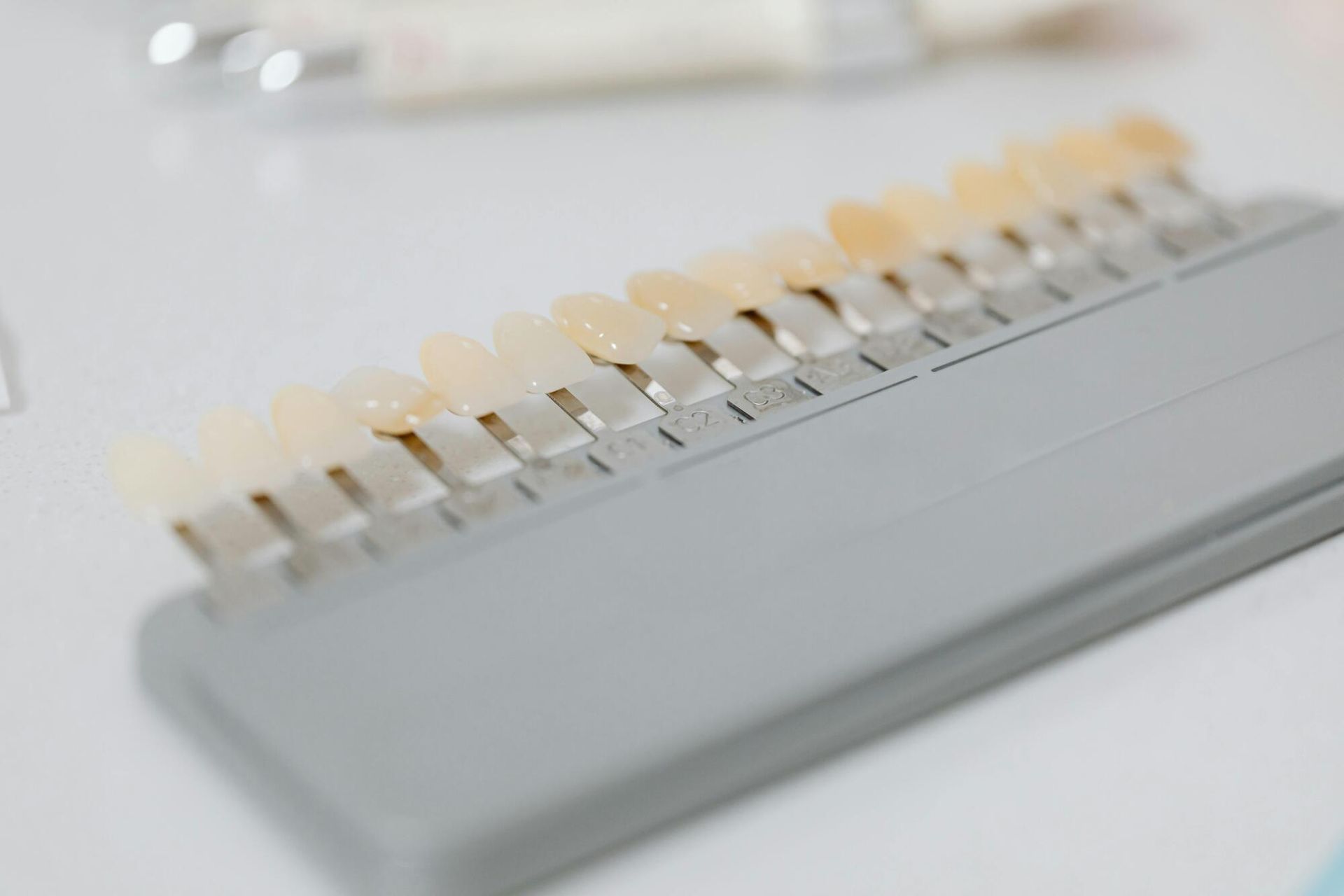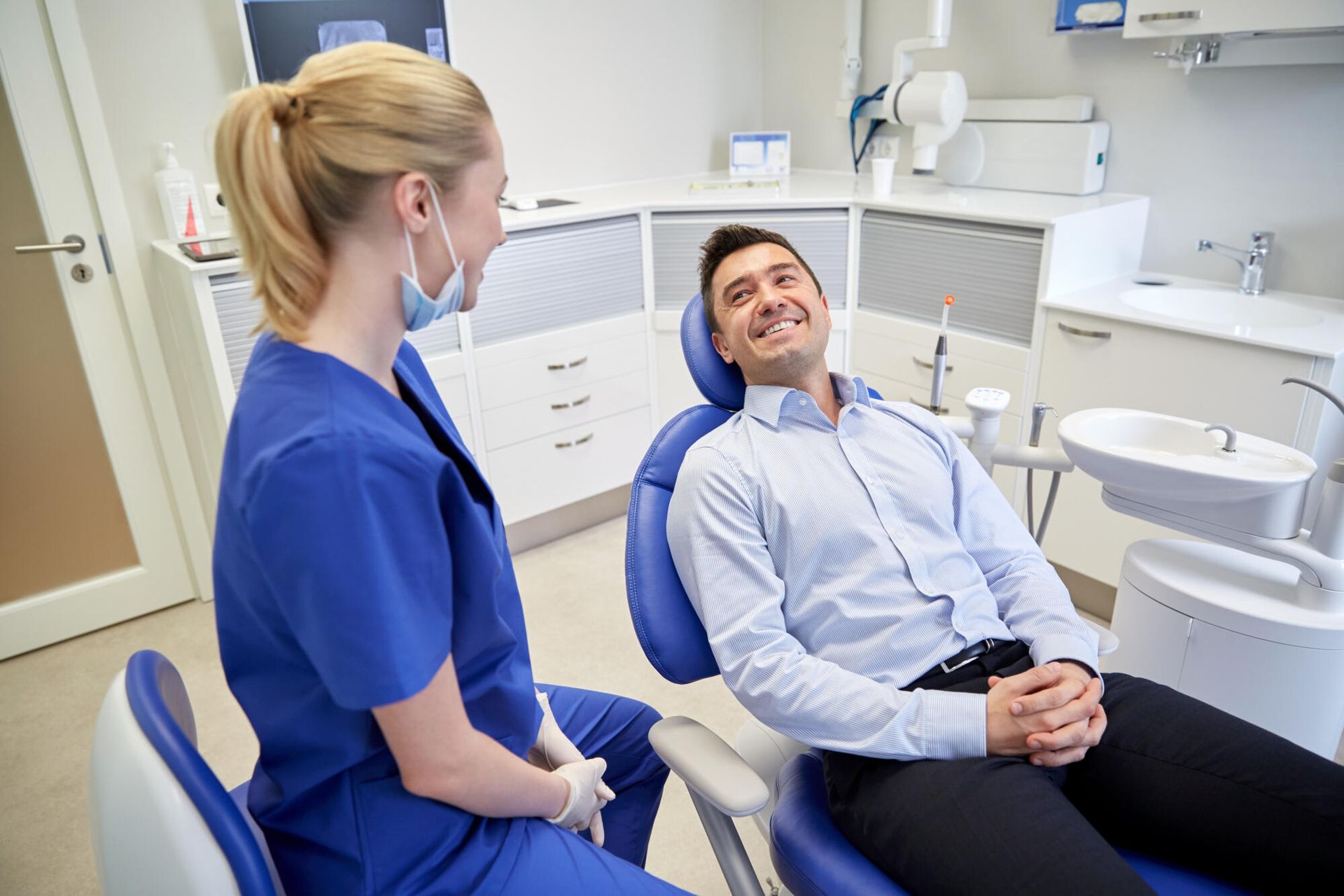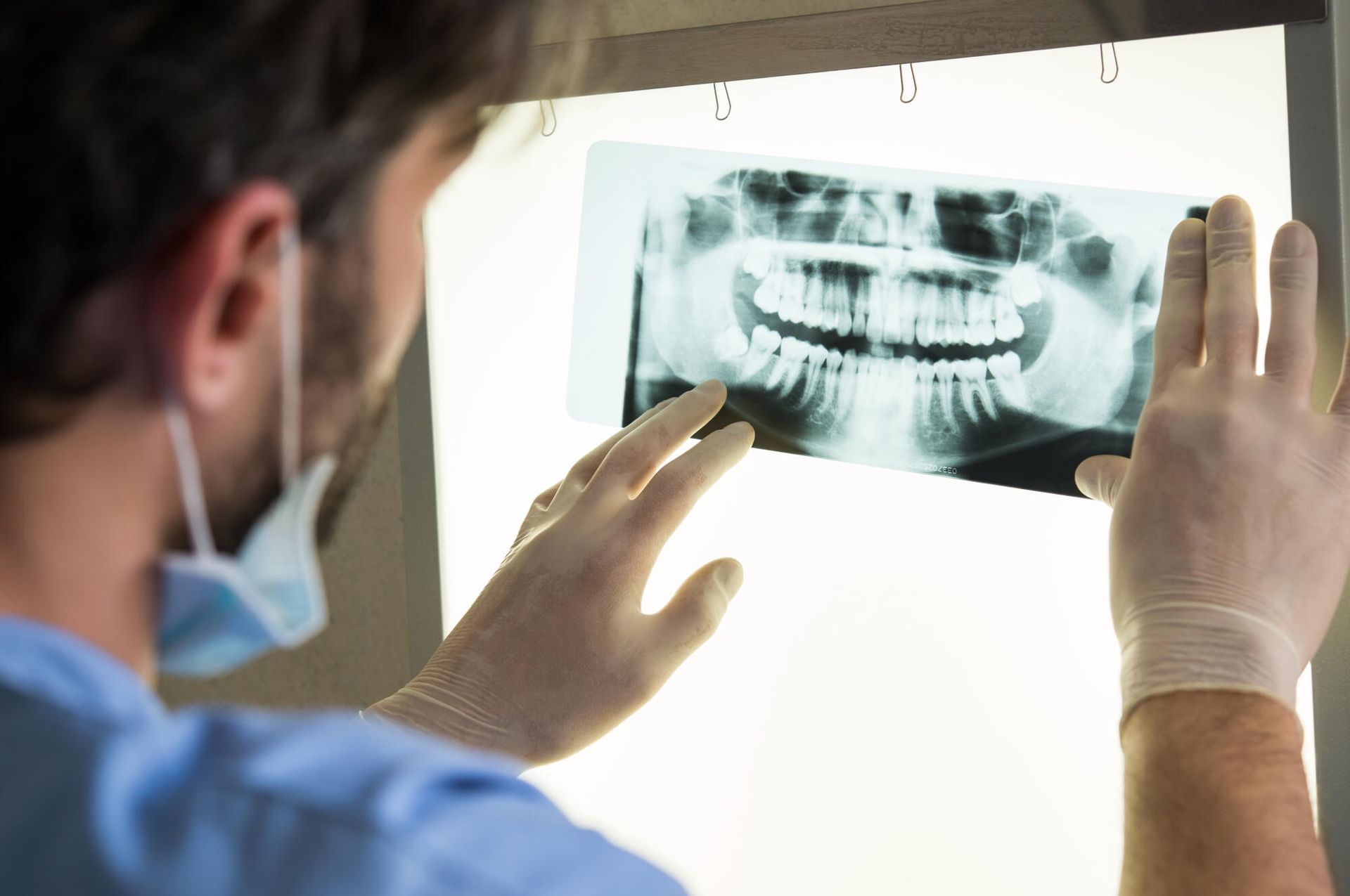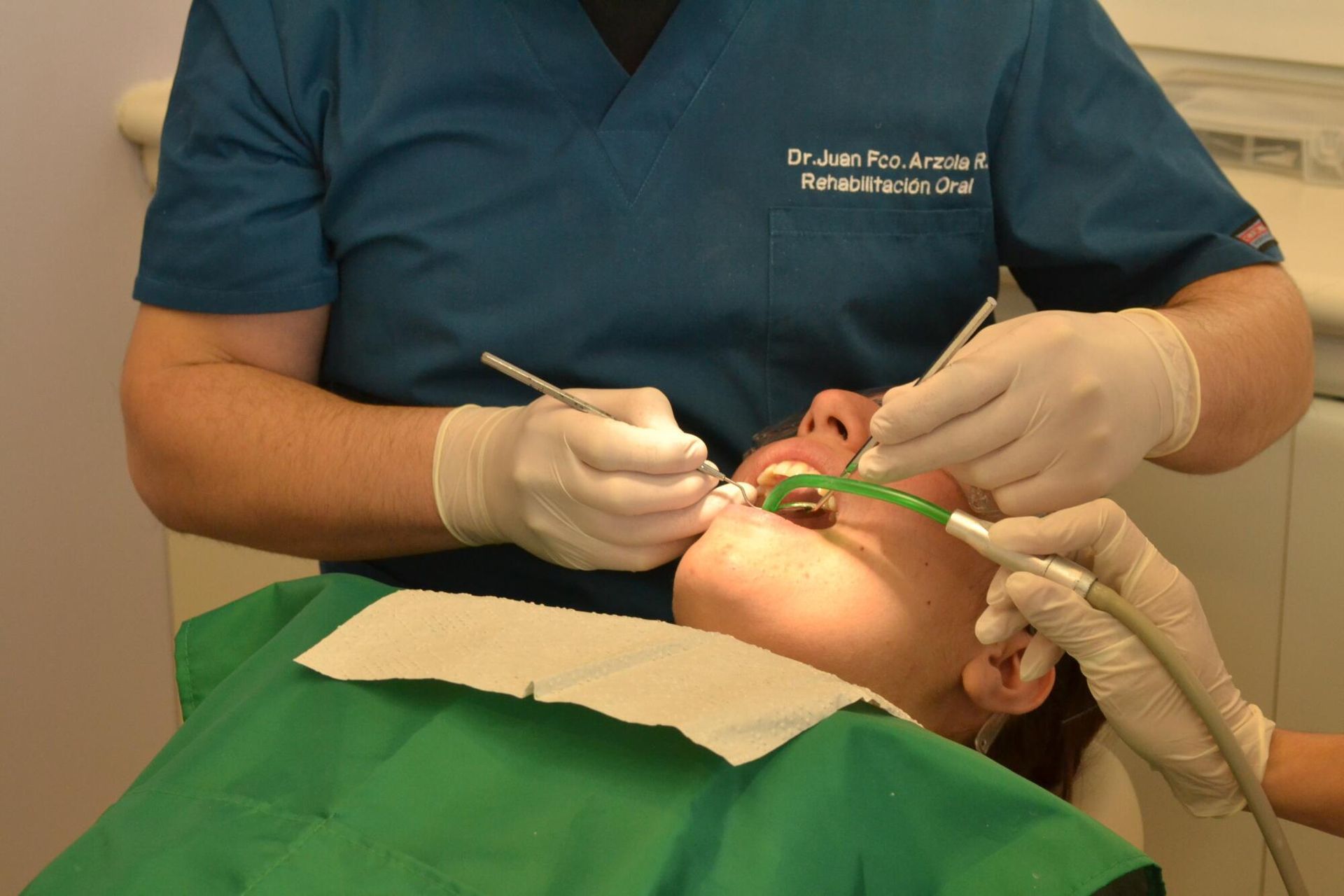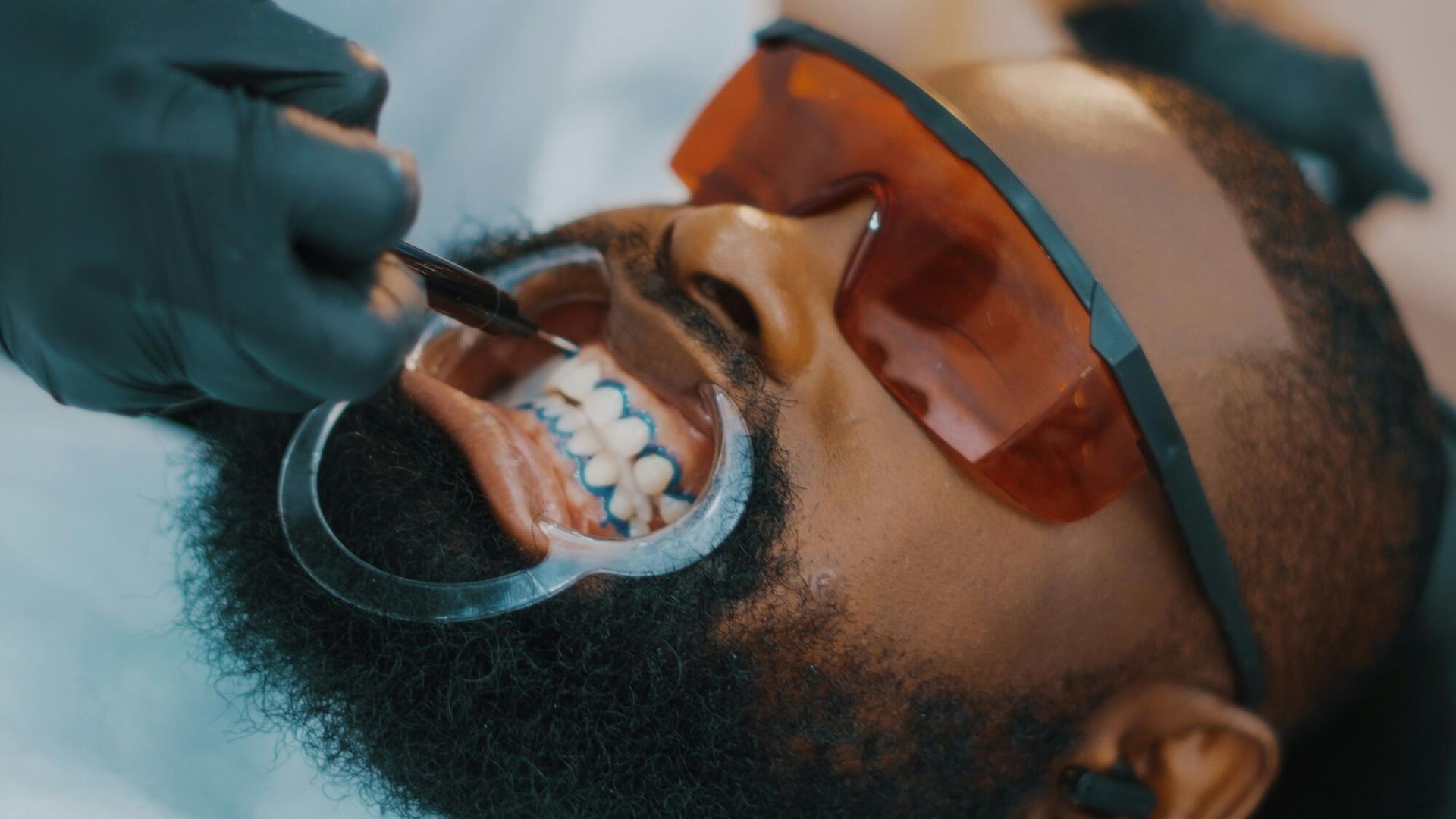Children and Dental Fear: How Sedation Can Help Kids Who Fear the Dentist
Taking your little ones to the dentist can be as tough as pulling teeth – literally. Picture the scene: the tiny feet dragging on the floor, the grimace at the mere mention of "dentist," and the outright rebellion at the doorstep of the dental clinic.
It's a common story in many families, echoing the corridors of countless dental offices worldwide. But what if we told you there's a way to turn these fearful visits into a walk in the park? Enter pediatric dental sedation, a game-changer for kids who view the dentist's chair as a dragon's lair.
With insights from experts and a sprinkle of parental wisdom, let's dive into how this approach can ease your child's dental fear, ensuring smiles all around. Ready to learn more?
Let's make that next dental visit a breeze, not a battle.
Understanding Kids' Dental Fear
When we think about why kids might fear the dentist, it's not just about the strange noises and sharp instruments; it's a dive into the unknown, a break from their comfort zone. This section peels back the layers to understand the roots of this anxiety and its ripple effects on dental health.
Let's explore the common triggers and consequences of this fear.
The Roots of Anxiety
Kids' dental fear often sprouts from a garden of unknowns – strange tools, unfamiliar faces, and the fear of pain. Stories from friends or cartoons can also plant seeds of dread, growing into towering trees of terror by the time they reach the dentist's chair.
It's a natural response to the unfamiliar, a protective instinct kicking in.
Impact on Dental Health
This fear does more than just make dental visits a challenge; it can erode the very foundation of a child's dental health. Avoiding the dentist means small problems can become big ones – cavities ignored, gum issues left unchecked, and so on.
Over time, what could have been simple fixes turn into complex procedures, making the fear worse and the health outcomes poorer. It's a cycle that can impact not just their smiles, but their overall well-being.
The Benefits of a Family-Centric Approach
Choosing a dental practice that values family-centric care has its perks. It's about building a relationship with a team that knows your family's dental history inside and out.
This approach ensures that children's dental fear is treated consistently and customized to their individual needs.
Personalized dental care plans are not just a fancy term; they're a commitment to addressing the unique dental needs of each family member. Whether it's the specific concerns of growing children or the complex needs of older adults, a family-focused practice can adapt its services to suit everyone, making dental visits more about maintenance and less about managing crises.
Pediatric Dental Sedation Explained
In the quest to conquer the dragon of dental fear, pediatric dental sedation emerges as a knight in shining armor. This section delves into what pediatric dental sedation is and the various types available, offering a beacon of hope for anxious children and their families.
What is Pediatric Dental Sedation?
Pediatric dental sedation is a medical approach to make dental visits less daunting for children. It uses medication to help kids relax or even sleep through procedures, ensuring they're comfortable and fear-free.
The goal is simple: to transform dental visits from terrifying to tolerable, making sure kids' smiles remain bright and healthy without the trauma.
Types of Sedation Used
Family dentists have a toolbox of sedation methods, each tailored to the child's needs and the procedure's demands.
Nitrous oxide, commonly known as laughing gas, offers a light, breathable option, easing anxiety with minimal side effects. Oral sedation, in the form of a pill, brings a deeper calm for more nervous patients.
In more intensive cases, IV sedation or general anesthesia may be used, supervised closely by trained professionals, ensuring safety and comfort throughout the dental journey.
Benefits of Pediatric Dental Sedation
Pediatric dental sedation is like a helping hand for kids during their dental visits. It makes these trips easier and less scary. Let's see how it helps calm fears and makes going to the dentist a better experience.
Easing Anxiety and Fear
Think of sedation as a way to turn the scary dentist's chair into a comfy spot. It helps lower kids' fear, making them feel calm when they go to the dentist. This calm feeling is a big help for the whole family, making dental visits a stress-free part of life.
Sedation also helps kids start thinking of dental visits in a good way, right from the start. This is super important for keeping them from being scared of the dentist as they grow up.
Improving Dental Visit Experiences
Sedation helps make the first pediatric dental visit smooth, and the ones after that too. It's like having a friend there to make sure kids feel safe and okay. This helps build trust with the dentist and makes kids feel good about taking care of their teeth.
Over time, as visits get easier, kids start to feel more confident. They learn that going to the dentist is just a normal part of staying healthy. Thanks to sedation, they can smile more and worry less about dental visits, setting them up for a lifetime of good dental habits.
Preparing Your Child for Sedation: Tips for Parents
Start by talking to your child gently about the dentist, focusing on the positives. Explain sedation in simple terms, like it's a way to make the visit easy and comfortable. This helps them know what to expect without feeling scared.
Next, listen to their feelings and reassure them. Share a calm activity, like breathing slowly or reading a story, to practice relaxing. Planning a fun activity for afterwards can also give them something to look forward to. Your support and positivity are crucial in making them feel safe and confident.
Embracing Pediatric Dental Sedation: A Path to Fearless Dentistry
Addressing kids' dental anxiety is key for their overall health, and pediatric dental sedation is a great tool for making dental visits stress-free. Heather E. Martinson's practice stands out with a comprehensive approach and advanced technology, ensuring a comfortable experience for your child.
We encourage parents to consult with us for personalized pediatric dental sedation plans. Discover how we make dental visits a positive experience for families.
Dr. Heather E. Martinson
